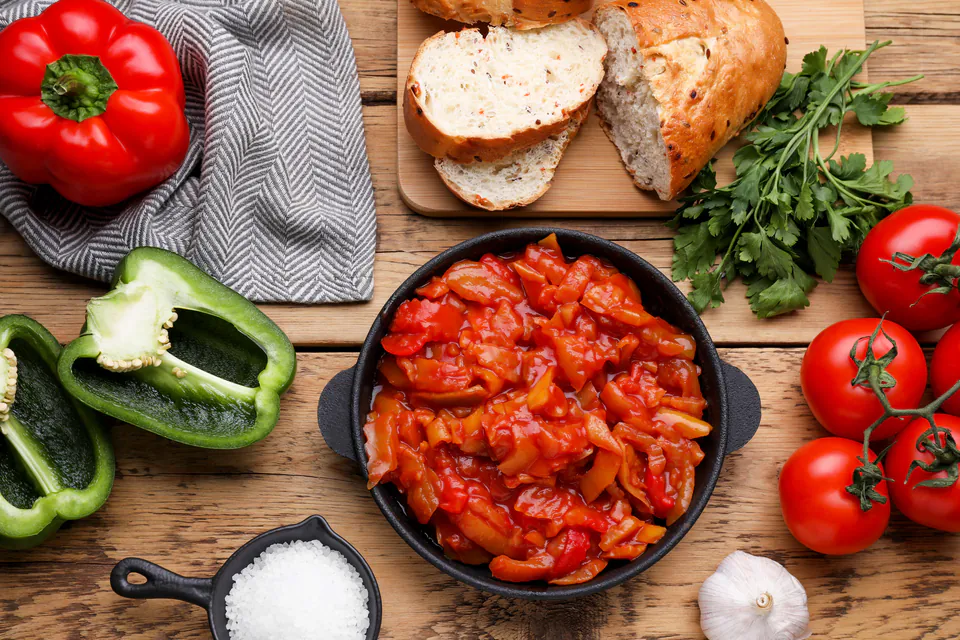Hungarian Dining Etiquette and Customs for Visitors to Budapest
Eating in Budapest is way more than just trying amazing Hungarian food. There's a whole world of traditions and social rules that go back hundreds of years. When we first visited Budapest, we had no idea about any of this stuff and definitely made some mistakes along the way.
Hungarian food culture is all about being welcoming, having good manners, and actually taking time to enjoy your meal and the people you're with. Whether you're digging into goulash at a local place or grabbing lángos from a street cart, knowing these customs makes everything better. Plus locals really appreciate when you make an effort.
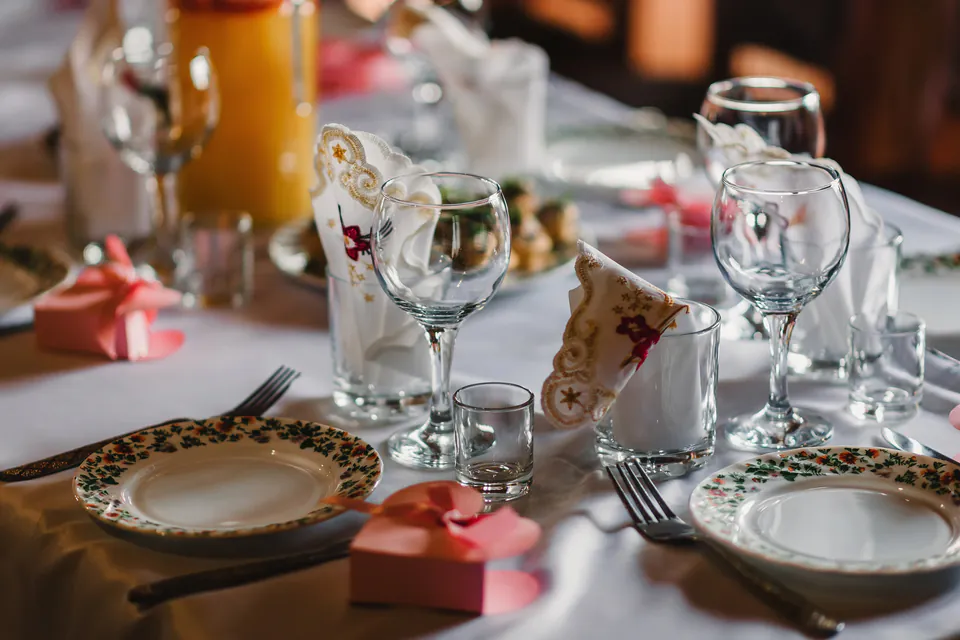
How Hungarian Meals Work
Hungarians have pretty specific times for eating that mix old traditions with modern city life. Breakfast happens around 7:00 to 9:00 AM and it's usually light stuff like pastries, cheese, and coffee. It's more about getting energy for the day than having a big meal.
Lunch is a big deal here. We learned this pretty quickly when we tried to get lunch at 3 PM and half the restaurants had already stopped serving their lunch menus. Most places serve lunch between noon and 2 PM. This used to be the main meal of the day, so you'll find hearty dishes like chicken paprikash or stuffed cabbage. Many restaurants have lunch specials during these hours, which is great for trying real Hungarian food without spending too much.
Dinner has changed a lot in modern Budapest. Most people eat between 7 PM and 9 PM now. It's still important for families to get together, but it's not always the biggest meal anymore. You'll still find lots of courses and people taking their time to chat, which we love about dining here.
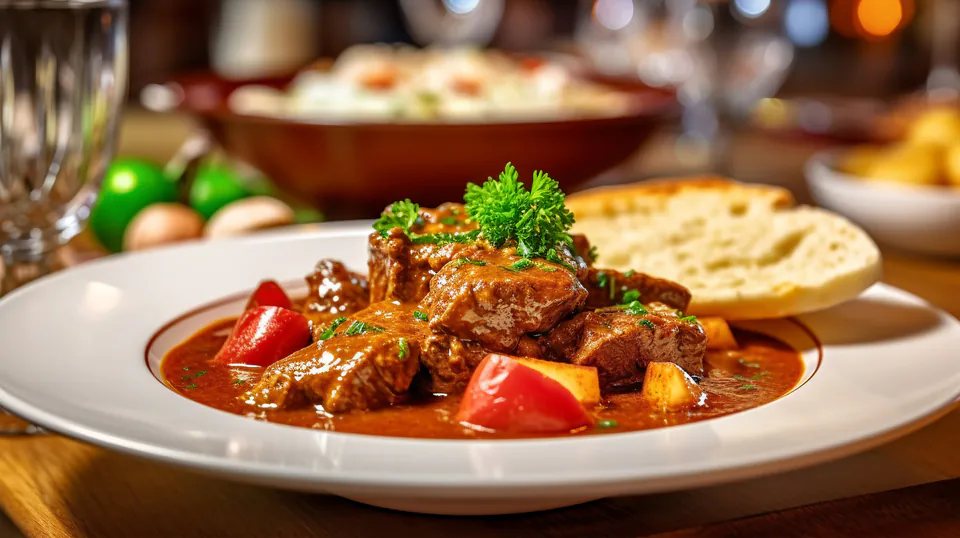
Basic Table Manners You Need to Know
Hungarian table manners are pretty formal and all about showing respect. Wait for the host or oldest person at the table to start eating before you touch your food. This is really important here because age and hospitality matter a lot in Hungarian culture.
Keep your hands where people can see them on the table. Rest your wrists on the edge when you're not eating. But don't put your elbows on the table, that's considered rude. We made this mistake during our first fancy dinner in Budapest and got some looks.
Use your fork and knife the European way. Fork stays in your left hand, knife in your right, and don't switch them around like Americans do. The knife isn't just for cutting, you use it to push food onto your fork too.
Before you start eating, someone will usually say "Jó étvágyat!" (sounds like "yo ate-vah-dyat"), which means "Enjoy your meal!" Wait for this before taking your first bite. It's like saying grace but for everyone.
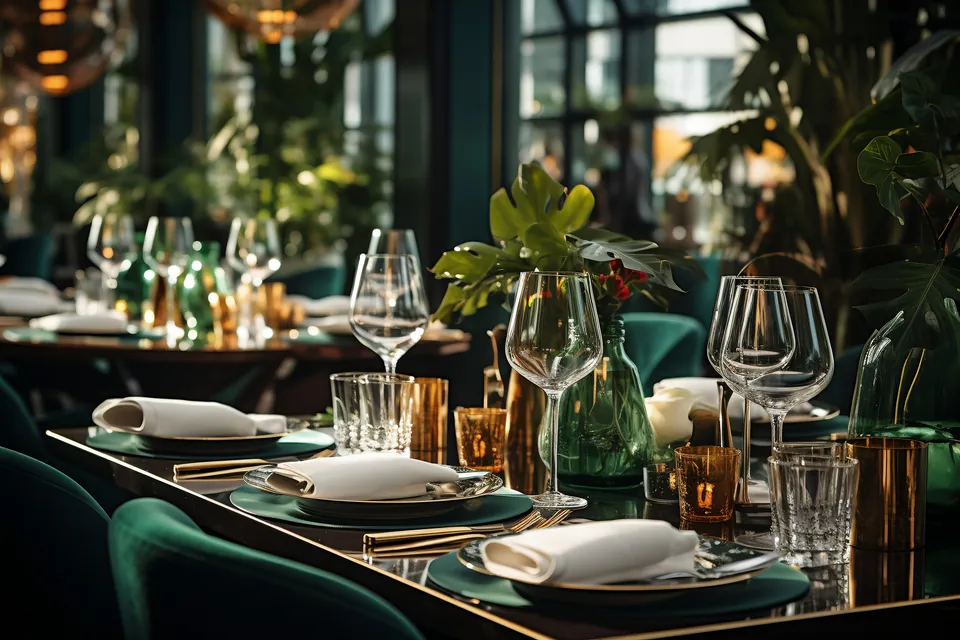
Hungarian Toasting Rules (This is Important!)
Toasting is a huge deal in Hungarian culture and there are some serious rules you need to know. The most common toast is "Egészségére!" (sounds like "eh-gay-shay-gay-reh"), which means "To your health!"
Look everyone in the eye when you toast. Don't look away because that's really rude and makes people think you're not being honest. Hungarians are big on direct, honest communication.
Here's the most important rule: NEVER clink glasses when drinking beer. And never say "Egészségére!" with beer. We learned this the hard way when a local friend quickly stopped us from making this mistake. It goes back to 1848 when Austrian soldiers celebrated beating Hungarian revolutionaries with beer toasts. Hungarians said no more beer toasting as a protest, and they still follow this rule today.
When you're toasting with wine, pálinka, or other drinks, you do the whole thing. Raise your glass, look at everyone, say the toast, gently touch glasses, and keep looking at people while you take your first sip. It's like a little ceremony that brings people together.

How to Deal with Restaurant Service
Hungarian restaurant service has its own way of working that's different from other places in Europe. To get your waiter's attention, make eye contact and say "Kérem" (sounds like "kay-rem"), which means "please." This is polite and respectful.
Don't wave your hands around, snap your fingers, or yell to get attention. We've seen tourists do this and it really doesn't go over well. The staff and other people eating will definitely notice, and not in a good way. Hungarian service culture is all about treating each other with respect.
In casual restaurants, you might have to share tables when it's busy. When this happens, just act like you're at your own table. Don't try to start conversations with strangers, give them space, and keep your voice down. It works pretty well once you get used to it.
The bill won't just show up at your table like in some countries. When you're ready to pay, look at your server and say "A számlát kérem" (sounds like "ah saam-laht kay-rem"), meaning "The bill, please." This way you can take your time and not feel rushed.
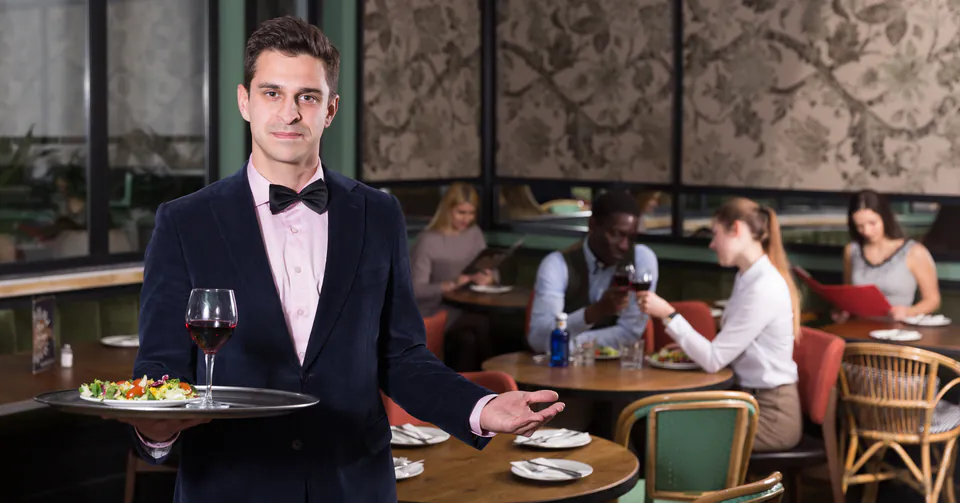
How Tipping Works in Budapest
Tipping in Budapest is pretty straightforward once you know the rules. We always tip 10-15% when the service is good. If the service is really amazing, we'll go up to 15-20%, but that's only when someone really goes above and beyond.
Always tip in cash directly to your server, even if you pay with a credit card. A lot of restaurants add a service charge to the bill, but that money often doesn't get to the person who actually served you. Cash tips make sure your server gets what you meant to give them.
Check your bill for service charges before you figure out your tip. If there's already a service charge and you're happy with everything, you don't have to tip more. But a little extra is still nice if someone did a great job.
When you're paying with cash, either leave the tip on the table after you pay or tell the server the total amount you want to pay including the tip when you hand over your money. Both ways work fine, but telling them the total is more common and makes everything clear.
Hungarian Tipping Guidelines
| Service Type | Tip Amount | Payment Method |
|---|---|---|
| Restaurant (good service) | 10-15% | Cash to server |
| Restaurant (exceptional service) | 15-20% | Cash to server |
| Street food vendors | Round up bill | Cash |
| Bar drinks | Round to nearest 100 HUF | Cash |
| Casual cafés | 5-10% | Tip jar or cash |
What to Wear to Restaurants
Hungarian restaurants have different dress codes depending on how fancy they are. Nice restaurants expect you to dress up a bit. Men should wear collared shirts and dress pants, women should wear nice dresses or dressy clothes. Some really fancy places might want men to wear suits and ties, especially for dinner.
Casual restaurants and traditional vendéglős are more relaxed, but don't wear shorts, flip-flops, or gym clothes even in these places. We noticed that Hungarians generally dress nicer than a lot of tourists expect, so it's better to be a little overdressed than underdressed.
Street food places and market stalls don't care what you wear, which makes them perfect for wandering around the city. But even when you're eating lángos from a market vendor, looking neat and clean shows respect for the food culture and the people who work hard to make good food.
If you're not sure what to wear, look at what other people are wearing or call the restaurant before you go. Many fancy places list their dress code on their websites or can tell you what's expected over the phone.

Special Dining Situations
Street food has different rules than restaurant dining. Lángos, that amazing fried dough thing that Hungarians love, is totally meant to be eaten with your hands, especially when it has garlic, sour cream, or cheese on top. Trying to eat lángos with a fork and knife would look really weird and be pretty much impossible anyway.
When you're eating at someone's house, there are extra customs to follow. Always bring a small gift like flowers, wine, or chocolates for your host. Take off your shoes if other guests have done it, and wait to be told where to sit instead of picking your own spot. These little things show respect for Hungarian hospitality.
Group dining often means sharing dishes and family-style meals. Wait for the host to serve you or tell you to serve yourself. Don't take huge portions at first, and try to accept seconds if they're offered. In Hungarian culture, refusing second helpings might make your host think you didn't like the food.
Business dining is more formal, and whoever invited usually pays the bill. Show up on time, dress professionally, and let business talk happen naturally instead of jumping right into work stuff. Hungarians like to build relationships through shared meals in business settings.
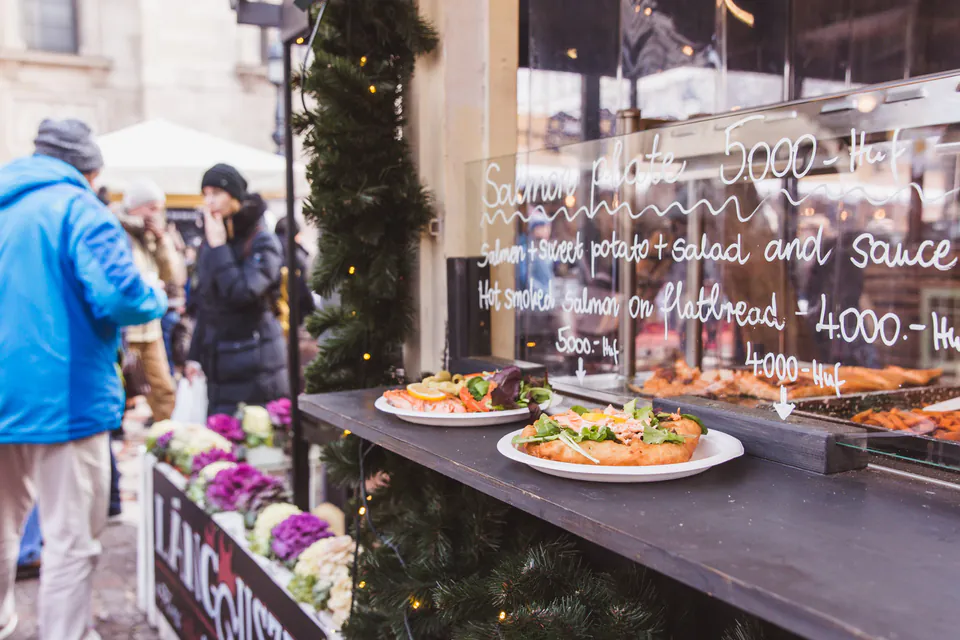
Seasonal Dining and Cultural Stuff
Hungarian dining changes a bit depending on the season and what's happening culturally. During winter, you'll find heavier dishes on menus, and restaurants are more formal since all the outdoor seating disappears. Summer brings casual terrace dining and lighter food, but the basic etiquette rules stay the same no matter where you're eating.
Religious holidays and cultural celebrations can affect dining customs. During Easter and Christmas, traditional foods show up on menus, and restaurants get busier with family gatherings. Understanding these seasonal patterns helps you plan your dining and shows you're aware of Hungarian cultural rhythms.
Wine harvest season in autumn brings special menus with new wines and seasonal ingredients. We love visiting during this time because many restaurants have wine tastings and harvest-themed meals. It's a great opportunity to experience Hungarian food culture when it's most authentic and celebratory.
Festival periods throughout the year can affect restaurant availability and customs. During big festivals like the Budapest Wine Festival or Christmas markets, dining etiquette is still important even when you're eating outside in casual settings. Good manners show respect for Hungarian culture no matter where you're dining.
